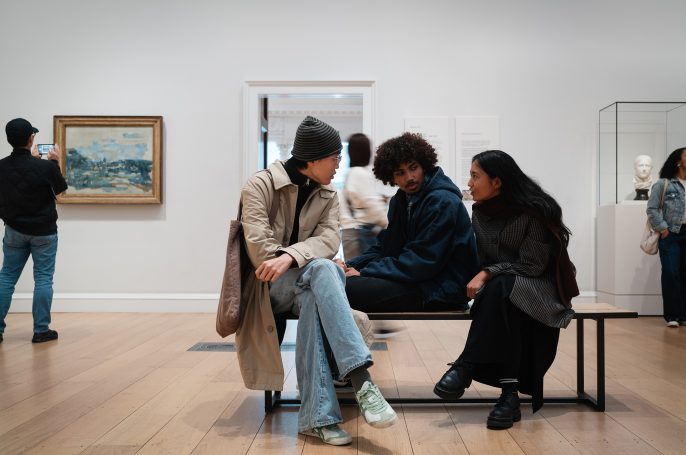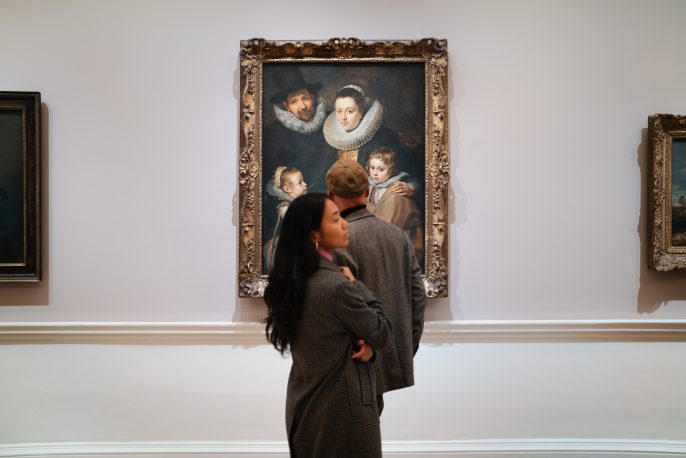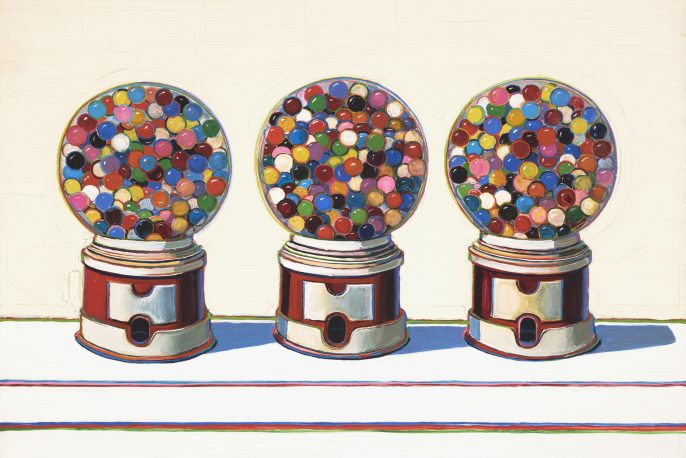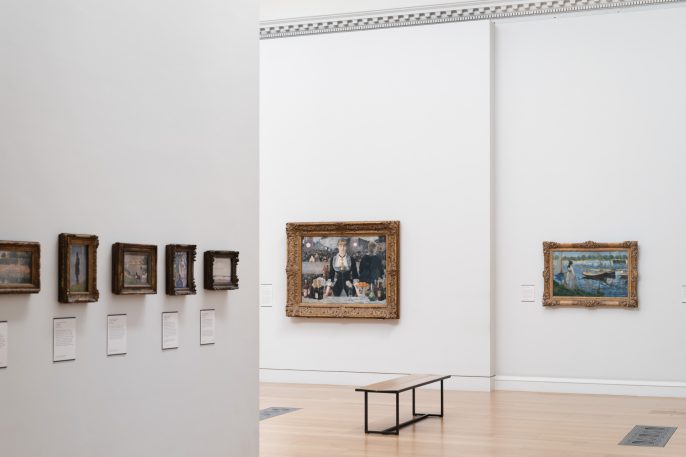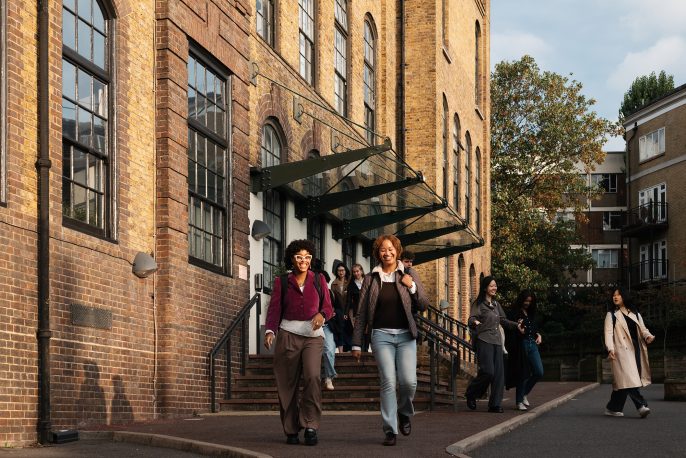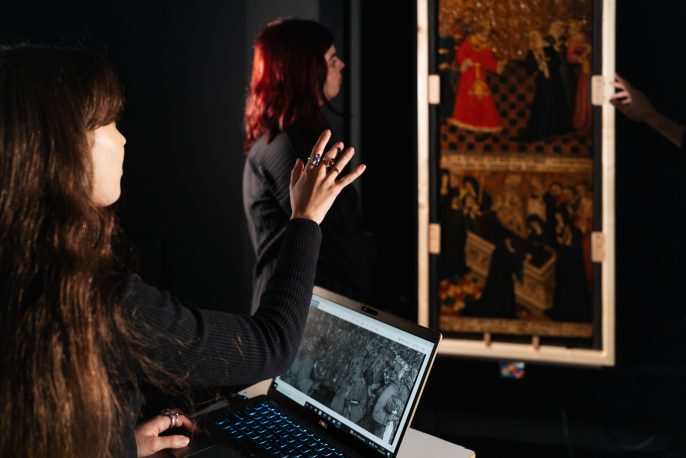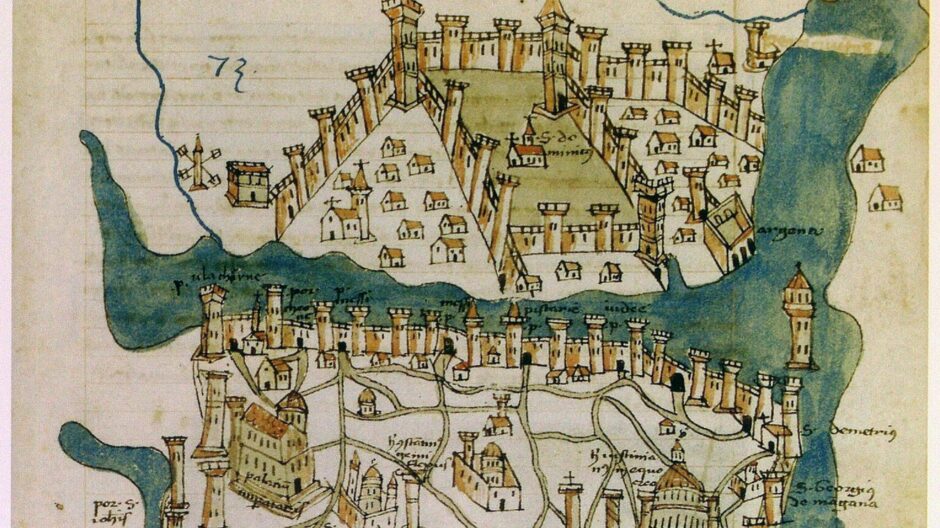Dr Jessica Varsallona
Zoom seminars on Saturday 25 and Sunday 26 November 2023
£145
Course description
Throughout the urban fabric of Istanbul, the past and present constantly intertwine: the domes of the Ottoman mosques, which still dominate the skyline, evoke the architecture of Hagia Sophia, and the streets of the modern city recall the arrangement of the former Byzantine imperial centre. This tour will seek to reconstruct the glories of Byzantine Constantinople within the streets of modern Istanbul.
In 330, Emperor Constantine founded the ‘Second Rome’ on the shore of the Bosporus, transforming the Greek city of Byzantion into a new Christian capital, Constantinople. For over a millennium, until the Ottoman siege of 1453, Constantinople was the seat of the Byzantine emperors and the fame of Istanbul is still tied to its Byzantine (and Ottoman) past. Together with aristocratic and ecclesiastic patrons, the imperial family monumentalized Constantinople and set artistic trends that influenced and interacted with contexts both within and outside of the Byzantine sphere.
This tour explores the artistic development of Constantinople during the ‘Byzantine millennium’ through its famous landmarks. Our journey starts at the Great Palace, which was the main imperial palace of the Byzantine emperors, located not far from the most important church of the city and the Orthodox world: Hagia Sophia (Holy Wisdom). Traces of the Great Palace are spread across the urban texture of modern Istanbul, while Hagia Sophia (recently reconverted into a mosque) is still one of the main features of the city and object of current cultural debates. We shall then move on to the northwestern quarters of Constantinople, along the shore of the Golden Horn, where, in the middle and late Byzantine periods (eleventh to twelfth and thirteenth to fifteenth centuries respectively), emperors and aristocrats founded astonishing dynastic monasteries and palaces. We shall focus on the monasteries of Pantokrator and Chora, where architecture, sculpture, and figurative art combined into an apogee of the Byzantine aesthetic.
Lecturer's biography
Dr Jessica Varsallona completed her PhD in Byzantine Studies (2021) at the Centre for Byzantine, Ottoman, and Modern Greek Studies of the University of Birmingham. She has a BA, MA, and MRes in Art History from the University of Milan. Jessica previously taught modules of Medieval and Byzantine Art and Material Culture at the Universities of Milan, Birmingham, and Salerno and is currently Art History Tutor at the University of Oxford (Department of Continuing Education). She has published articles on Vefa Kilise Camii (Istanbul) and the contextualisation of the Western element in Late Byzantine architecture in Constantinople. She co-edited a volume on the most neglected aspects of the material culture of the city and is currently working towards a monograph focusing on the topography and patronage of Late Byzantine Constantinople (1261-1453).
